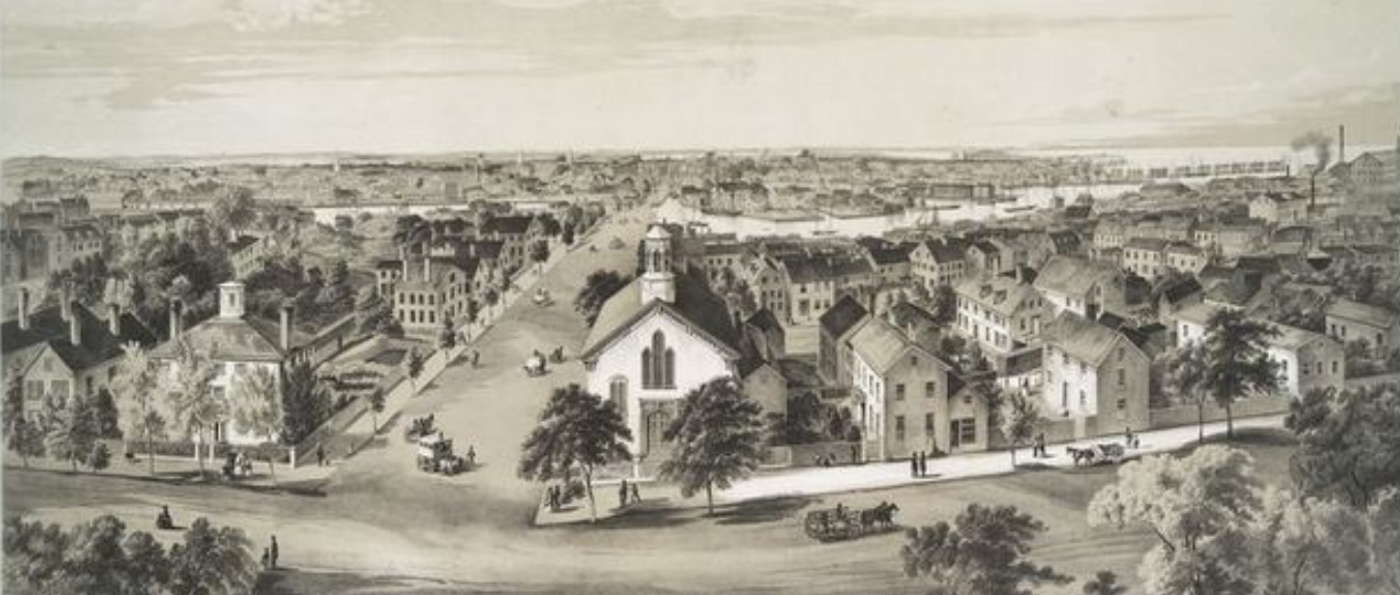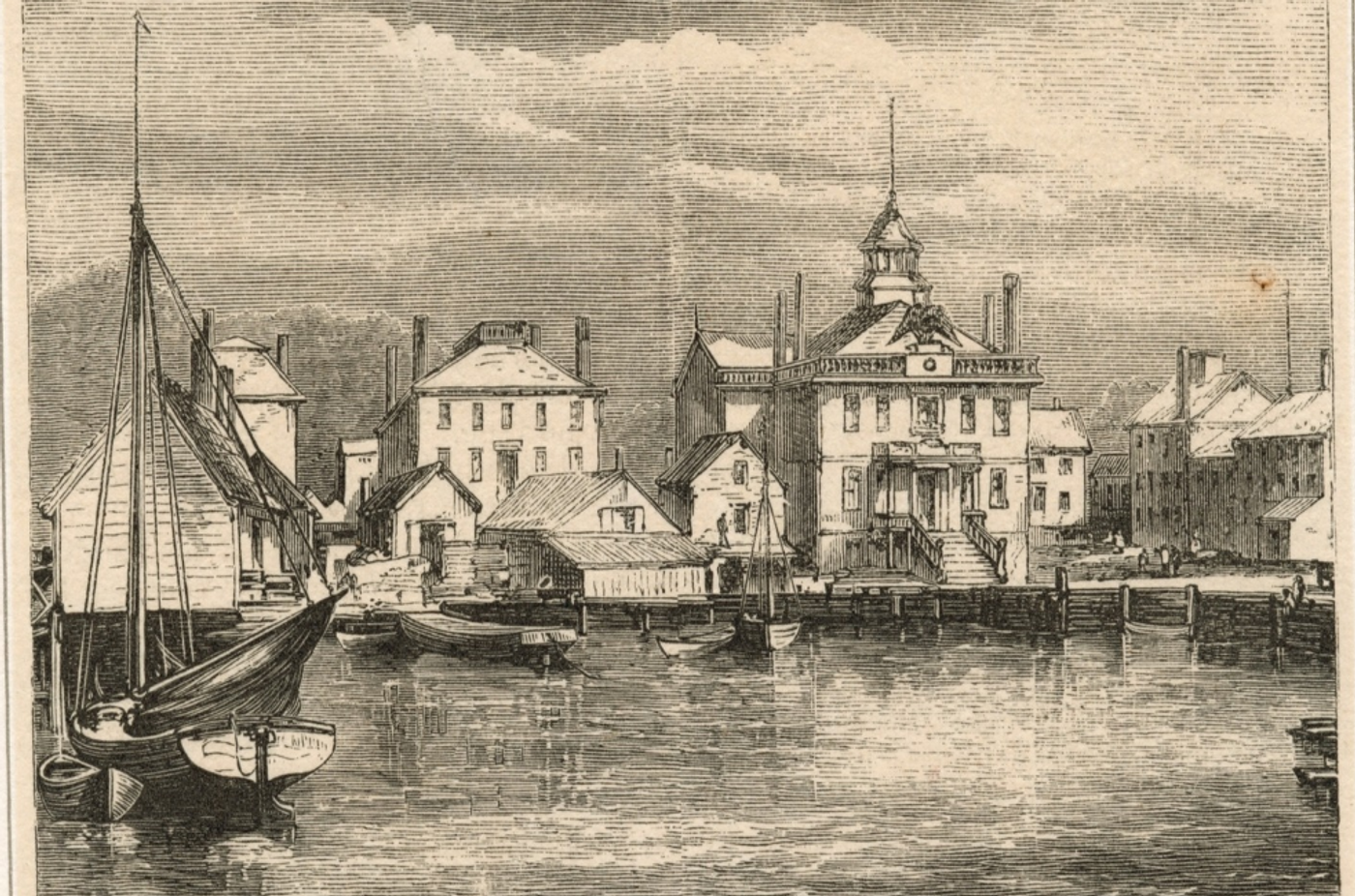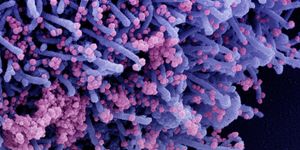Why Did a Town Start Putting People on Trial for Witchcraft?
In early 1692 in Salem, Massachusetts, the daughter and niece of Reverend Samuel Parris began to writhe, roar, contort, and complain of feeling bites and pinches. The local doctor, William Griggs, diagnosed the girls with bewitchment, and a slave named Tituba was accused of witchcraft, setting off the series of events that would lead to the Salem Witch Trials. These trials were no joke; as many as 150 people from Salem and surrounding towns were put in jail, five men and fourteen women were found guilty of witchcraft and executed by hanging. Several people also died in prison, and another man was pressed to death for refusing to enter a plea.
These events are commonly considered to have been caused by a combination of mass hysteria and local cultural influences. Feuds between local factions, threats from indigenous tribes, a recent smallpox outbreak, and strong religious beliefs are thought to have contributed to an environment of suspicion in the town. The fervor didn't last forever. The court that presided over the trials was shut down later the same year it had begun, accusers retracted their statements, and as time passed, apologies were eventually made to the victims and their families. Some have been officially absolved or exonerated, and the site of the executions has been memorialized.
Many potential explanations have been put forth for this bizarre and unfortunate series of events. Some debate was set off with a theory about ergot poisoning being to blame in a 1976 publication in Science by L. R. Caporael, which laid out a convincing case for the hypothesis.
Ergot poisoning is caused by a fungus called Claviceps purpurea, which can infect the grain rye. LSD can be naturally derived from that fungus. If rye bread carrying the fungus is consumed, it can cause convulsions and other symptoms. Caporael suggested that other people in the village may have been a bit delusional from the poisoning, creating an environment which, when combined with the local culture, culminated resulted in the trials.
The article added that there was evidence that weather patterns from 1692 in Massachusetts were consistent with the growth of ergot. The rapid conclusion of the hysteria could also be explained by the disappearance of the fungus.
But it did not take long for others to refute the theory. A subsequent 1976 publication in Science by Nicholas P. Spanos and Jack Gottlieb argued that ergot cannot could not explain what happened. Another 2000 publication in Clinical Toxicology by Alan Woolf also threw cold water on the ergot theory. For example, while the Caporael article argued that weather patterns that year were consistent with the growth of ergot, others have said that is not the case. Another unexplained question not supported by the ergot theory is why otherwise healthy girls would be some of the only ones severely affected with symptoms.
The study authors also noted that the village was an agricultural one with plenty of food. The effects of ergot poisoning can be counteracted when there is sufficient vitamin A in the diet, which, the authors argued, there surely was because vitamin A is found in fish, and it was a bay colony. Ergot poisoning can also cause residual symptoms including weakness and dementia, which were not described in any cases of the accused or accusers. Other people living in the same households as the accused girls were not afflicted with the same symptoms either.
The authors went on to write that other symptoms exhibited by the girls simply do not align with those of ergot poisoning, which usually include diarrhea and vomiting. Researchers noted that Caporael describes these symptoms in her report, yet they disagreed that the many depositions that were taken from villagers during the Salem witch trials mention the same symptoms. They concluded their article by adding that many of the accusers later had second thoughts and were remorseful about their actions, and that previous studies of "large-scale witch crises" have indicated that mass panic is a more likely explanation. Their theory was that people that were perceived to be social deviants were targeted with accusations that simply escalated into a fervor.
Historians have also doubted the ergotism theory. But maybe there are other plausible medical explanations.
In a 2017 Journal of Neurology article, researchers Johnny Tam and Michael S. Zandi commented on a hypothesis by historian K.C. Uszkalo that anti-NMDA receptor encephalitis could be the cause of what villagers in Salem thought was demonic possession or witchcraft.
Anti-NMDA receptor encephalitis was only characterized in 2007, with early symptoms that resemble a flu, and variable neuropsychiatric symptoms that can include psychosis, hallucinations, and seizures. The disorder can go into spontaneous remission or relapse, and cases in children have been compared to demonic possession, according to the study authors.
The scientists went on to acknowledge that, as with other medical theories, including encephalitis lethargica, we can only speculate and cannot reach definitive conclusions based on the available evidence. They also noted that since so many people were involved, it's unlikely that everyone was suffering from encephalitis; it's possible that a few were, and cultural factors may have fueled the mass hysteria.
Historical theories suggest that the witch trials were due to a complex set of causes. Some researchers have suggested, for instance, that accusers in the community may have thought the accused were not behaving properly for women of the time.
It's not hard to imagine such fervor overtaking people in 1692, once an esteemed member of the community, a doctor, diagnosed bewitchment in several girls at a time when a strong belief in the devil was standard.
Sources: Science, Journal of Neurology










